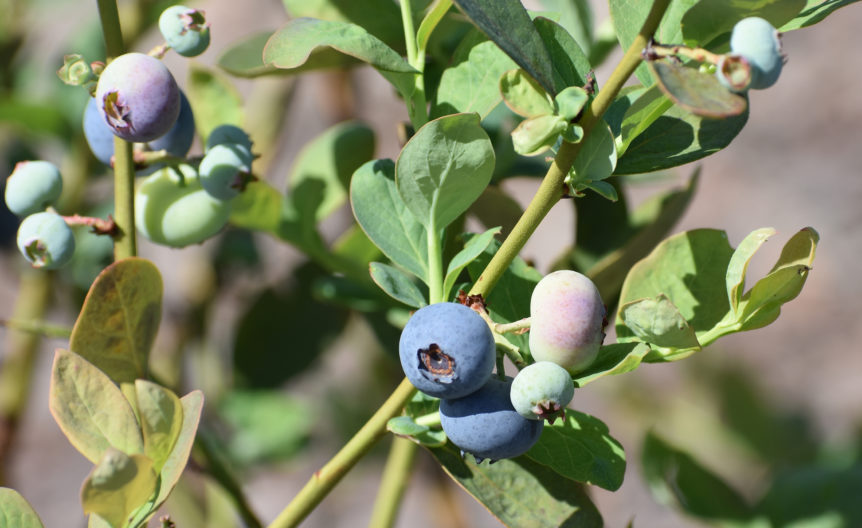
University of Florida Institute of Food and Agricultural Sciences (UF/IFAS) reminds Florida blueberry growers about what management options they need to consider during the summer months.
Disease management should always be top of mind, especially algal stem blotch in Southern Highbush. Producers should prune out canes infected with algal stem blotch, Botryosphaeria stem blight and dead canes. Growers should monitor and manage leaf diseases. On fields infected with bacterial wilt, producers should begin monthly through-irrigation or banded-bed applications of a phosphorous acid product.
It is also important to apply Ridomil to help prevent Phytophthora root rot.
As for insect pests, blueberry producers should scout for flea beetles, adult and larval citrus root weevil, adult and larval flatheaded borer, chilli thrips and southern red and flat mites in affected areas. It is important to apply recommended control measures if present.
As for weed control, growers should apply postemergence herbicide if weeds are at densities that hinder bush growth. In August, apply preemergence herbicide if summer rains have been heavy.
Leaves should be collected for tissue nutrient analysis in late June or early July, depending on how quickly vegetative growth occurs following summer pruning. Select samples from fully expanded leaves in the middle of a recent summer growth flush.










